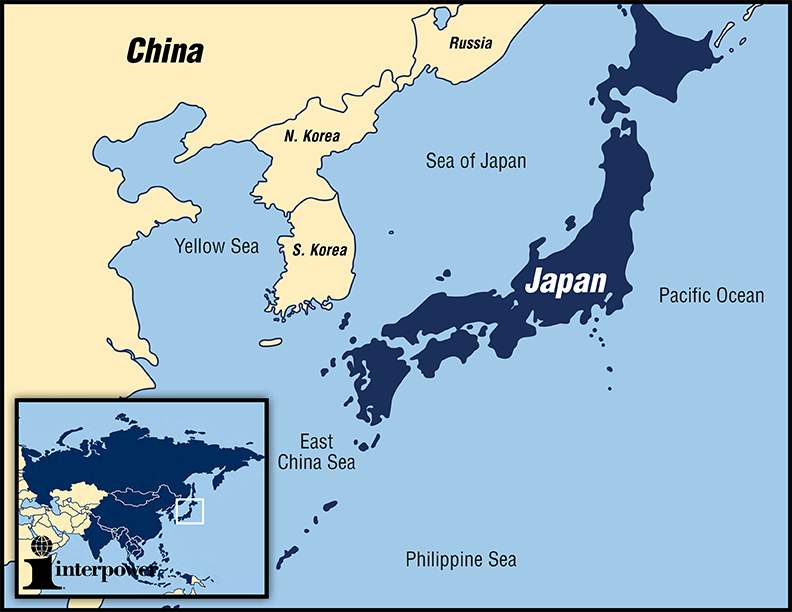Exporting to Japan
Posted on 6/22/15 12:00 AM

| JAPAN | |
|---|---|
| Actual population* | Population world ranking |
| 127,103,388 | 11 |
| Actual GDP (PPP)* | GDP world ranking |
| $4,729,000,000,000 | 5 |
| Actual GDP (per capita)* | GDP (per capita) world ranking |
| $37,100 | 36 |
*See the end of this blog for definitions
Emerging markets, an open economy, and a global viewpoint are just a few of the reasons why it can be advantageous to consider doing business in Japan.
Carefully conduct market research and due diligence. Creating a market entry strategy is an essential part of achieving business success. To enter the Japanese market, there are different options to choose from, such as working with a reputable agent or distributor. It should be noted that business relationships in Japan start best with a proper introduction. Visiting Japan in person is highly recommended as an established presence shows a serious commitment to doing business in that country. Have an understanding of Japanese business law and seek legal advice before entering into an agreement. A number of sources are available to offer assistance, including the United Kingdom Trade and Investment and the United States Commercial Service.
Discover what the business culture is for Japan by learning about the proper business etiquette. Research in this area will assist in building relationships which are crucial for the success of the company. For example, learn the acceptable way to present business cards and what kind of gift giving is appropriate. For more information, there are various resources to consult, such as the United Kingdom Trade and Investment and the United States Commercial Service.
It is essential to understand what the importing and exporting regulations are. For more information, see the Japan Customs website which gives procedures and the required documents necessary to import into the country. Another resource is the JETRO (Japan External Trade Organization) website. It gives information on the laws and regulations. For more information on the standards in Japan, see the JISC (Japan Industrial Standards Committee) website.
When exporting to Japan, it may be required to have a notifying supplier (importer) in accordance with the Electrical Appliance and Material Safety Act (METI Ordinance). It is the responsibility of the notifying supplier (importer) to include the PSE (Product Safety Electrical) mark and the importer information on the PSE label. For more information on importer and labeling information, please reference: www.meti.go.jp/policy/consumer/seian/denan/tetsuduki_annai/guide/denan_guide_en_ver2.pdf
Japan is located in East Asia and is a member of the World Trade Organization and the Asia-Pacific Economic Cooperation.
The national language is Japanese. While English is spoken by many, it is still strongly recommended to have a quality interpreter at all business meetings.
In Japan, the voltage used is 100V at 50 and 60Hz. (Note: 100VAC is the lowest mains voltage used anywhere in the world. There are two mains frequencies—50 and 60Hz—used.) The most frequently specified plug patterns are the Japanese 15A plug and the ungrounded Japanese plug.
Sources:
www.export.gov/japan
www.gov.uk
www.exporttojapan.co.uk
*Source: www.cia.gov/library/publications/the-world-factbook/index.html
Country comparison—Population: Population compares estimates from the US Bureau of Census based on statistics from population censuses, vital statistics, registration systems, or sample surveys pertaining to the recent past and on assumptions about future trends. (July 2014 est.)
Country comparison—GDP (Purchasing Power Parity): GDP (purchasing power parity [PPP]) compares the gross domestic product (GDP) or value of all final goods and services produced within a nation in a given year. A nation’s GDP at PPP exchange rates is the sum value of all goods and services produced in the country valued at prices prevailing in the United States. (2013 est.)
Country comparison—GDP – per capita (PPP): GDP – per capita (PPP) compares GDP on a purchasing parity basis divided by population as of 1 July for the same year. (2013 est.)




